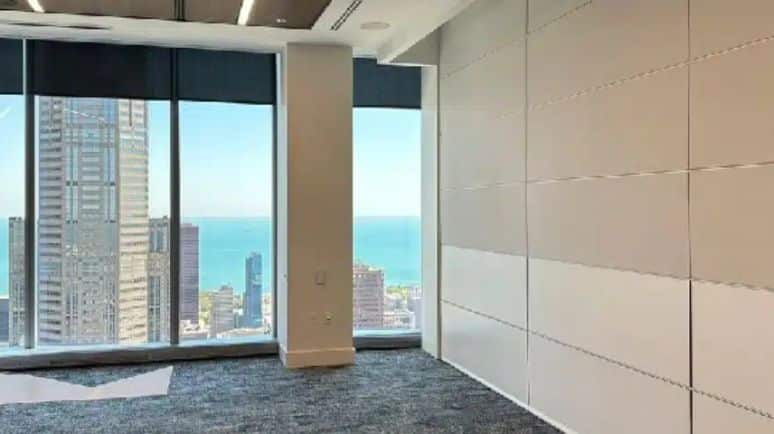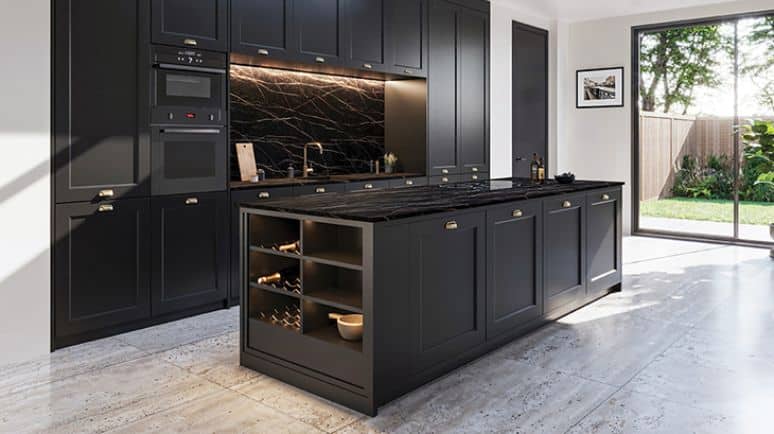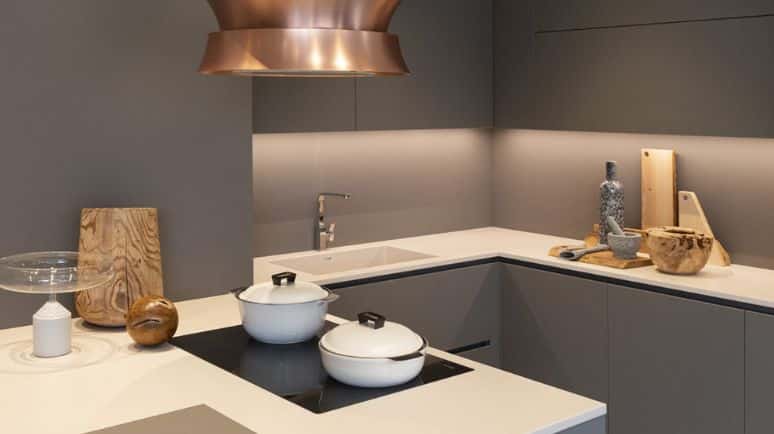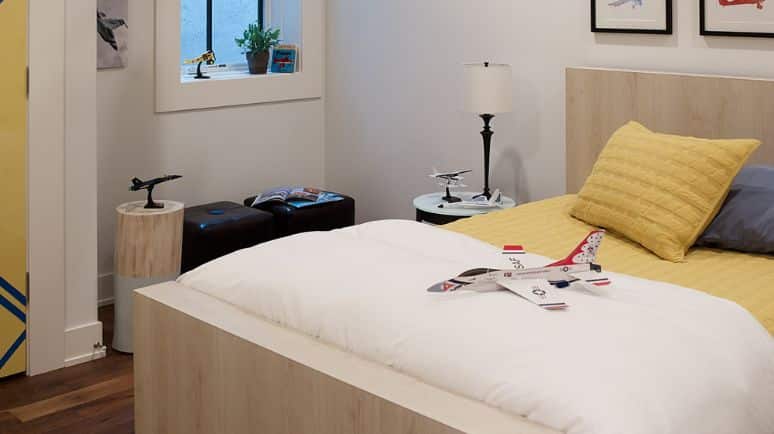
High Pressure Laminate: Modern Interiors and Balancing Design and Durability
September 25, 2025
From Kitchens to Doors: How to Choose the Perfect Laminates for Every Space
October 21, 2025If you’re renovating your kitchen or redoing an office space, you’ve probably stumbled across laminates during your research. And if you’ve looked at laminates, Formica’s name has definitely shown up. There’s a reason for that.
Here’s something interesting: Formica was founded in 1913, and it’s not just one of the oldest names in the industry – it’s the brand that pioneered high-pressure laminate.
Formica figured out early on how to make surfaces that look good and actually work in daily life, and they’ve kept improving that formula ever since.
In India’s market, where you’ve got dozens of laminate brands competing for attention, Formica Laminates keeps coming up as a premium brand. So what actually makes Formica top laminate brands in India when other options are available? Let’s get into the specifics that matter when you’re making this decision in this blog.
What Makes Formica Laminates Special?
Formica has been making laminates for over a century. In India, most architects and designers know the name. The brand carries weight because it’s been around long enough to prove itself.
They invented the category
Formica created high-pressure laminate in 1913. That’s a serious head start. They’ve spent decades working out manufacturing issues that newer brands are still encountering. You can see this in their product consistency—batches match, finishes stay uniform, quality doesn’t vary wildly between orders.
The design range actually covers different needs
Walk through their catalog and you’ll find wood textures that look convincingly real—not the obviously fake stuff. Stone patterns that work in contemporary kitchens. Solid colors for clients who want clean, minimal spaces.
Whether you’re doing a residential project in South Delhi or outfitting corporate offices in Bangalore, their range usually has something that fits. That variety helps when you’re dealing with clients whose tastes differ dramatically—which is pretty much always.
They hold up under real use
This matters more than people think when they’re just looking at samples. A laminate that scratches from normal use or stains from a coffee spill becomes a client complaint fast. Nobody wants callbacks about damaged surfaces six months after installation.
Formica handles daily wear fairly well. Kitchen counters. Office desks. High-traffic commercial spaces. They’re built for actual environments where people spill things and drag objects across surfaces, not pristine showrooms where nothing ever gets used.
Sustainability actually matters now
Their manufacturing has shifted toward more sustainable materials and less waste. It’s not perfect—no industrial process is—but it’s better than it used to be.
More clients ask about environmental impact now than five years ago. Having a credible answer helps during specification discussions.
They get the Indian market
Yes, it’s an international brand. But they’ve adapted their offerings for local tastes and needs. The designs, textures, and finishes reflect what works in Indian homes and commercial spaces—not just what’s trendy in Europe or America right now.
That localization matters when you’re specifying materials. Products designed for Western markets don’t always translate well here. The climate’s different. Usage patterns are different. Aesthetic preferences are different.
Formica figured this out and adjusted accordingly.
Applications of Formica Laminates
Formica Laminates are incredibly versatile and can be used across various applications, including:
- Kitchens: Probably the most common application. Countertops take beating hot pots, knife marks, water spills. Formica handles this without falling apart.
- Furniture and cabinets: Wardrobes, TV units, office desks. The finishes look clean, and they’re easier to maintain than many alternatives.
- Wall panels: Less common in homes, but offices and commercial spaces use these frequently. They add texture without the maintenance headaches of other wall treatments.
- Commercial interiors: Retail stores, restaurant tables, reception desks. Anywhere durability matters as much as appearance.
Why Choose Formica Laminates?
Formica makes quality laminates. But quality alone doesn’t explain why architects and designers keep specifying them. There are practical reasons this brand shows up repeatedly in projects.
They’ve Actually Figured Out How to Make Laminates Work
Formica invented high-pressure laminate in 1913. Over a century of manufacturing experience means they’ve worked through problems other companies are still encountering. You’re specifying products from established processes, not experimental techniques being tested on your project.
That consistency matters when you need surfaces to match across large installations or multiple phases.
You Won’t Feel Limited by Options
Whether you’re doing residential kitchens, corporate offices, or retail spaces, their catalog has options. Modern minimal aesthetics. Warm wood tones. Bold colors for accent walls.
Designers pull off completely different looks using their range—from Scandinavian simplicity to vibrant retail environments. You’re not working with limited choices hoping something fits.
These Things Actually Last
Here’s what I care about: does it hold up? Because pretty countertops that scratch the first week aren’t doing anyone favors. Formica handles the stuff that happens in real kitchens and offices. Accidentally drag a knife across it? Fine. Forget to clean up a spill right away? Still fine. Drop your phone on it? The surface won’t care. This is why you see Formica everywhere: restaurants, schools, hospitals, busy homes. Places where surfaces get used hard, not treated like museum pieces. After a few years of normal life, Formica still looks presentable. That matters more than the initial wow factor.
Crafted With Care: For You And The Planet
Some companies slap “eco-friendly” on everything and call it a day. Formica’s approach to sustainability seems more genuine. They focus on reducing manufacturing waste and using better materials when it makes sense. Not perfect, probably, but better than most. If your project needs to meet LEED standards or you just prefer working with companies that aren’t trashing the planet, Formica makes that easier without forcing you to compromise on quality.
They’ll Work With Your Specific Needs
Most projects do fine with standard selections. But sometimes you need something particular, a finish that matches existing elements, a pattern sized differently. This gets really useful on commercial projects where brand guidelines are strict, or residential jobs where someone has a specific vision and won’t budge on it. Having that flexibility available beats trying to force standard options into situations where they don’t quite fit.
Conclusion
There are plenty of laminate brands in India now. Formica isn’t the cheapest, and they’re definitely not the only option. But here’s why they keep getting picked: the stuff works, their designs don’t look dated after two years, and they’ve been around long enough that you’re not taking a big risk.
If you’re redoing your kitchen or bathroom, Formica’s a safe bet. If you’re an architect spec’ing materials and don’t want callbacks about failing surfaces, same thing. Are they perfect? No. Do they deliver what they say they will? Yeah, pretty consistently.
Want to see their full range? Check out Formica India’s product section to browse designs and find dealers near you.
FAQs
Formica Laminates are durable, stylish, and resistant to scratches, stains, and impacts, making them ideal for both residential and commercial spaces.
With proper care, Formica Laminates can last for many years, maintaining their durability and aesthetic appeal even in high-traffic areas.
Indian laminate brands are highly durable, offering scratch-resistant, moisture-resistant, and long-lasting finishes.




